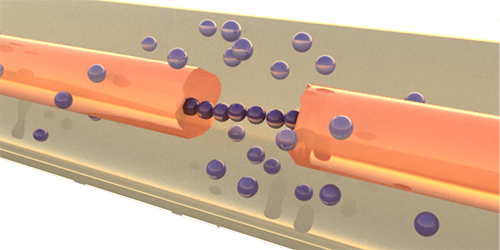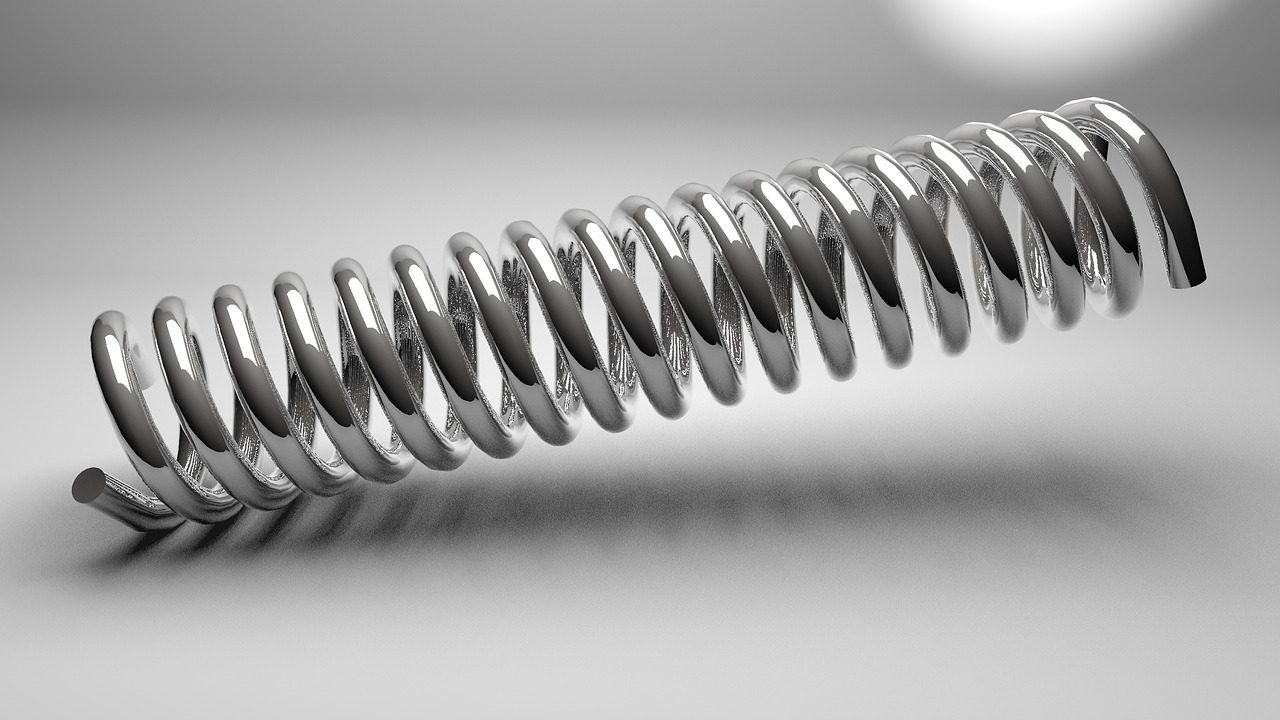Flexible electronics is making possible tiny gadgets for a variety of applications such as wearable devices and strip thermometers. But circuits inside them are prone to breakage if such flexible electronic devices are bent in different directions over a period of time. A new technique developed by a group of Indian and British researchers promises to overcome this problem.

The group has demonstrated that it is possible to make flexible electronics also self-healing.
Though the concept of self-healing electronics has existed for some time, researchers have claimed the new technique to be novel as it does not require rare materials or the addition of any complex circuitry.
The current trend in modern electronics is to design lightweight and durable gadgets but at the same time, they should be structurally rigid. This is achieved by using thin semiconductors and flexible substrates. However, in any electronic device, you need thin wires to connect various semiconductor-based logic gates and other circuit components or ‘interconnects’. In the case of flexible electronics where you bend a gadget several times in different directions, it becomes prone to breakage. This makes flexible electronics unreliable in their present form.
The researchers from the Indian Institute of Science, Bengaluru and the University of Cambridge suspended copper microspheres having a radius of 5 micrometres (one micrometre is one-thousandth of a millimetre) in silicone oil which acts as an insulating fluid. For simulating a broken circuit, researchers submerged an open electrical connection in the mixture.
When an electrical potential was applied across the gap (broken circuit) it created an electric field that attracted the copper spheres and they started moving and forming chains of loosely bound clusters and bridged the gap.
When an electrical potential is applied it results in the flow of current and produces heat. The heat generated in this case through the chains stabilized them. Thus a stable wire-like connection was made.
The copper-sphere ‘patch’, unlike previous methods, is both flexible and stretchable. This means if a circuit breaks, it automatically creates a potential difference across the gap and would make the copper spheres move. More experiments, however, are needed before self-repairing circuits can be integrated into microelectronics devices.
The research team included Sanjiv Sambandan, Amit Kumar, Virendra Parab, Arindan Handu (Department of Instrumentation and Applied Physics, Indian Institute of Science); Li Ding, Pushkaraj Joshi, Chen Jiang (Department of Engineering, University of Cambridge). The research results have been published in journal Physics Review Applied. (India Science Wire)
By Piyush Pandey
If you liked this article, then please subscribe to our YouTube Channel for the latest Science & Tech news. You can also find us on Twitter & Facebook.



